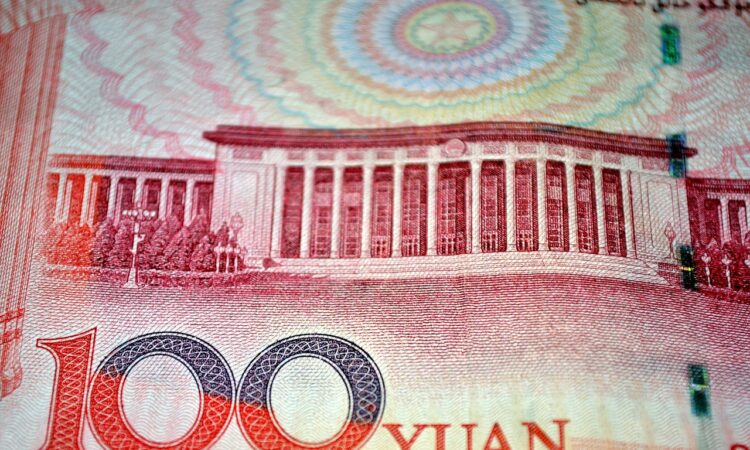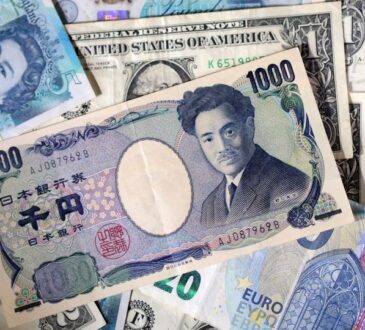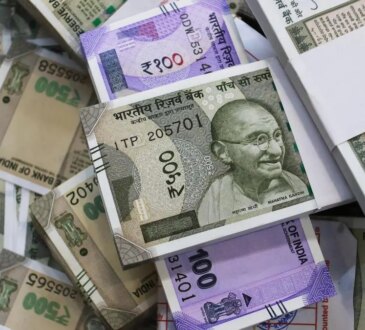
Most Asian currencies traded in narrow ranges on Thursday as investors assessed mixed signals from the U.S. Federal Reserve and awaited key developments from a meeting between U.S. President Donald Trump and Chinese President Xi Jinping in South Korea. The dollar retreated slightly in Asian trade after rallying overnight, with traders booking profits following the Fed’s rate cut and cautious tone on future policy moves.
The Federal Reserve reduced interest rates by 25 basis points as expected but downplayed the likelihood of another cut in December. The move fueled uncertainty over the U.S. economic outlook, particularly amid the prolonged government shutdown. The dollar index slipped 0.2% after a strong overnight performance, while Asian currencies largely held firm.
The Chinese yuan strengthened, with the USDCNY pair edging to 7.0973—its strongest since November 2024—after a firm midpoint fix by the People’s Bank of China. Optimism surrounding the Trump-Xi meeting also supported the yuan, as both leaders signaled progress on resolving trade tensions. Discussions are expected to cover rare earth exports, U.S. semiconductor restrictions, and broader trade cooperation.
Meanwhile, the Japanese yen weakened slightly, with the USD/JPY pair down 0.3%. Investors turned cautious ahead of the Bank of Japan’s policy announcement, where rates are expected to remain unchanged. Speculation of continued loose fiscal policy under Prime Minister Sanae Takaichi added pressure to the yen.
Across the region, the Singapore dollar slipped 0.1%, while the Taiwan dollar rose 0.1%. The South Korean won gained 0.4% after Washington and Seoul finalized a new trade agreement. The Australian dollar advanced 0.3% following stronger-than-expected inflation data that curbed expectations of further rate cuts by the Reserve Bank. The Indian rupee remained near record lows, trading above 88 per dollar.



